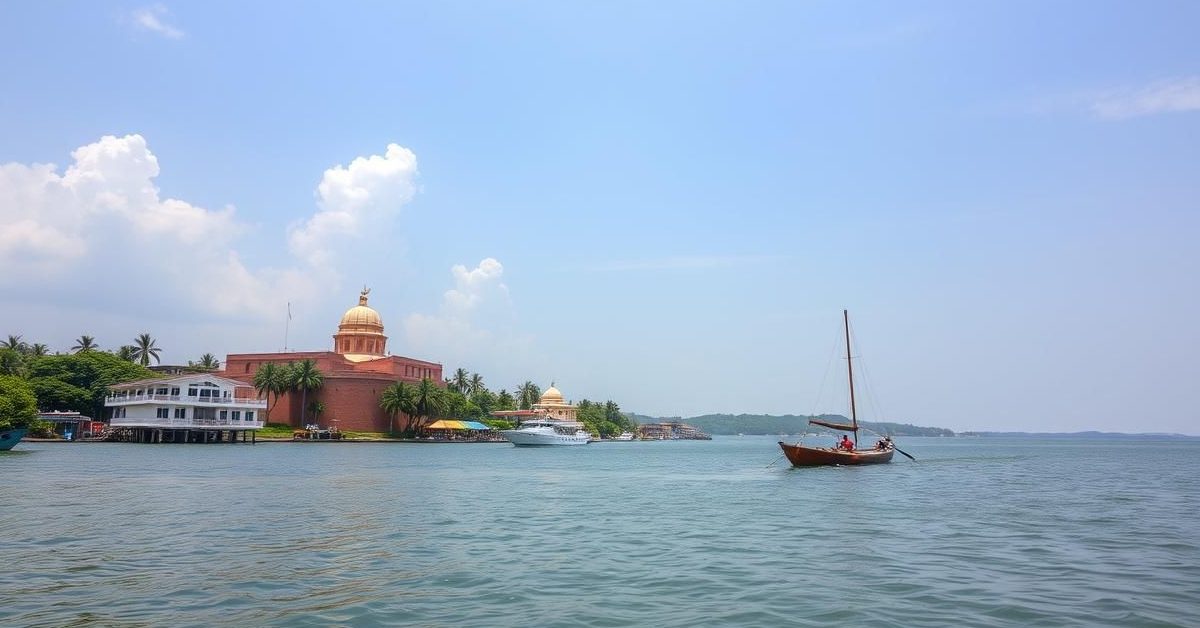The World Travel & Tourism Council (WTTC) has released a new report proposing a six-point plan to help destinations effectively manage increasing visitor numbers, especially as the global travel sector enters its peak season.
Understanding the Overcrowding Challenge
Often, destination overcrowding isn’t just about too many tourists. The WTTC’s report, “Managing Destination Overcrowding: A Call to Action,” suggests it’s usually a symptom of deeper problems.
These underlying issues can include insufficient investment in infrastructure, fragmented decision-making among various groups, and a lack of involvement from local communities in tourism planning.
The Economic Power of Travel & Tourism
The travel and tourism industry is a massive global force. In 2024, it’s expected to contribute nearly $11 trillion to the global economy and support 357 million jobs worldwide.
Governments also benefit significantly, earning over $3.3 trillion annually from tourism-related taxes. The WTTC argues that these substantial earnings must be wisely reinvested.
Strategic reinvestment is crucial for strengthening infrastructure, improving planning, and ensuring that the benefits of tourism are shared by both residents and visitors.
WTTC’s Six-Point Action Plan
To address these challenges, the WTTC report outlines six key actions for better destination management:
- Organize inclusive taskforces that bring together all relevant stakeholders.
- Develop a shared vision and comprehensive planning strategies for the future of the destination.
- Use data and evidence to identify pressure points and areas of concern.
- Monitor tourist flows and destination health regularly, acting proactively to manage issues.
- Invest transparently in crucial infrastructure and sustainable practices.
- Empower local communities by involving them in tourism decision-making processes.
Julia Simpson, WTTC President & CEO, emphasized that the goal isn’t to stop tourism. Instead, it’s about managing growth to ensure it works well for everyone involved, bringing benefits like jobs, investment, and deeper cultural understanding.
Avoiding Short-Term Fixes
The report also cautions against implementing quick fixes, such as new tourism taxes or strict visitor caps. While seemingly simple, these measures might not address the root causes of overcrowding.
In fact, the WTTC estimates that if just 11 major European cities imposed caps, it could lead to significant economic losses. Over three years, this could mean a $245 billion reduction in GDP and the loss of nearly 3 million jobs.
Lessons from Successful Destinations
Several destinations have already found effective ways to manage their visitor numbers and protect their unique character. The report highlights successful models from places like Barcelona, Flanders, Dubrovnik, and Iceland.
These locations have adopted diverse strategies, including forging strong public-private partnerships, engaging extensively with local communities, and reinvesting tourism levies directly into environmental protection initiatives.
A Sustainable Future for Tourism
The WTTC urges global tourism leaders to see the current challenges as an opportunity. It’s a chance to reshape the future of the sector, ensuring its long-term sustainability, protecting the identity of destinations, and preserving economic benefits for generations to come.















